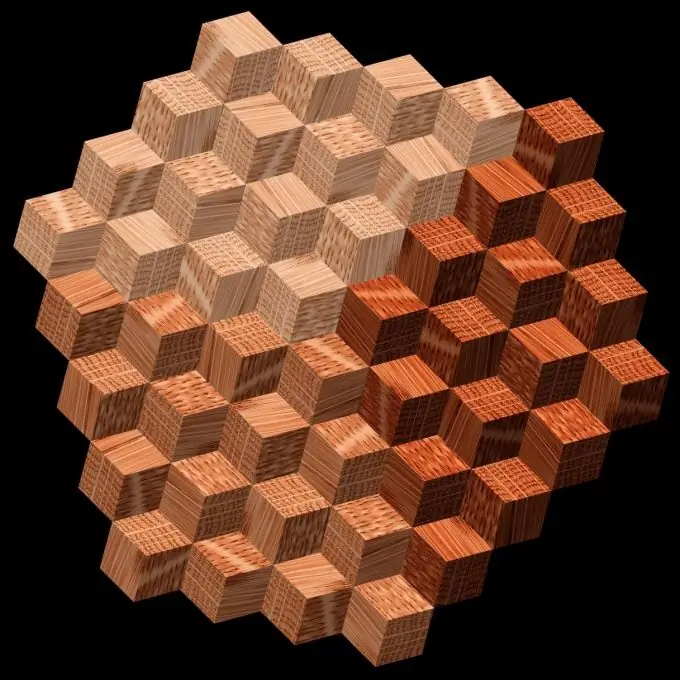Novice artists need to have a basic knowledge of all the basics of drawing. You should not look at the paintings of great artists - you can understand them later, but for now, try to understand the drawing itself. The cube contains the ability to see the space of the drawing as a whole. The cube is the basis of the 3D image of any sketch. It has both horizontal and vertical and depth. It is with him that it is worth starting work.

Instructions
Step 1
Sit at an easel, attach half a sheet of Whatman paper to it and draw a cube, attributing not only the front faces, but also denoting the invisible ones. The cube has 8 points in the corners, 12 edges, and the aspect ratio is 1: 1: 1. To make the cube seem credible, determine from what point it will be convincing in volume. When viewed from above, the base of the cube looks like a diamond. It is from the bottom square, taking into account the laws of perspective, that you should start building the cube. Vertical edges are built from the vertices of this square, the upper points of which are connected by four lines.
Step 2
The closer the sides and angles are to the viewer, the more contrasting they are. And those that are in the depth need to be made less clear. This is one of the basic laws of perspective - the further away the object, the more it tends to fade away, as the density of the surrounding air increases.
Step 3
Draw with a very soft pencil first, so that the invisible edges that you use to construct can be erased later.
Step 4
Draw another one behind this cube. This will help you understand the space of the drawing. Use the same law of perspective. Since the first cube is closer to you, it should have sharper corners and edges, the second cube will have less pronounced edges than the farthest edges of the first cube. This is important to clearly understand in order to understand the basics of spatial vision. Moreover, it is not necessary to select the whole face, but the corner and edges closest to you.
Step 5
Do not try to draw a cube with its edges parallel to the sides of the sheet. Let them "fly" in space in any position. This exercise is worth doing until you have fully mastered spatial vision. And the cubes will help you with this.






